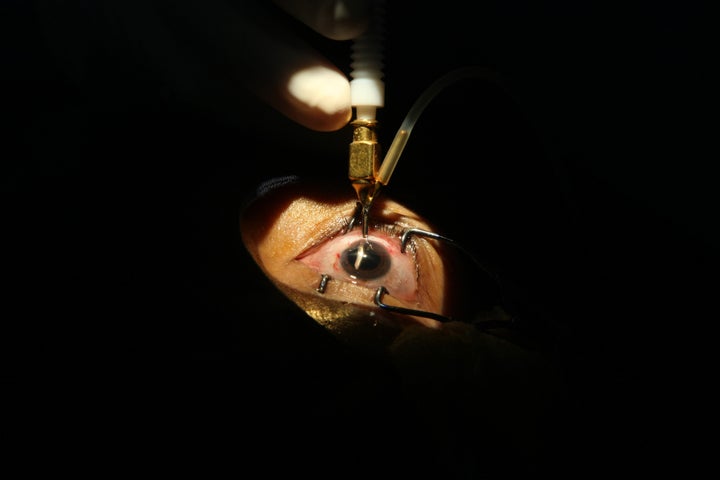In a remarkable series of experiments, scientists have found a way to make the human eye grow a new lens using its owns stem cells.
The breakthrough study, published by Nature, highlights how infants with cataracts were treated without invasive surgery, which traditionally involves replacing the faulty lens with an artificial one.

Our eyes contain lens epithelial stem cells (LECs) and it is these cells that researchers were able to preserve while they removed the cataracts.
Commenting about the significance of the results, the authors stated:
"Our approach demonstrates a novel treatment strategy for cataracts and provides a new paradigm for tissue regeneration using endogenous stem cells."
Typically, stem cells are taken out the body and grown in the lab.
However, in this instance, scientists were able to leave the patients' lens capsule in place and coax the LECs to form a new lens.
All they had to do was make a small incision to remove the failing lens and then let the stem cells get to work.
The research, which presents a new frontier in regenerative medicine, was lead by a team from University of California, San Diego School of Medicine and Shiley Eye Institute in China.
“An ultimate goal of stem cell research is to turn on the regenerative potential of one’s own stem cells for tissue and organ repair and disease therapy,” said Kang Zhang of the UC San Diego School of Medicine.
Their findings present a viable solution for children who develop cataracts when they are born or shortly afterwards.
In the UK this affects between three and four in every 10,000 children.
Age-related cataracts however, are far more common. Half of people over the age of 65 are believe to have cataracts in both eyes, the Express reports.
Zhang and his team hope their work can be developed to treat age-related cataracts.
